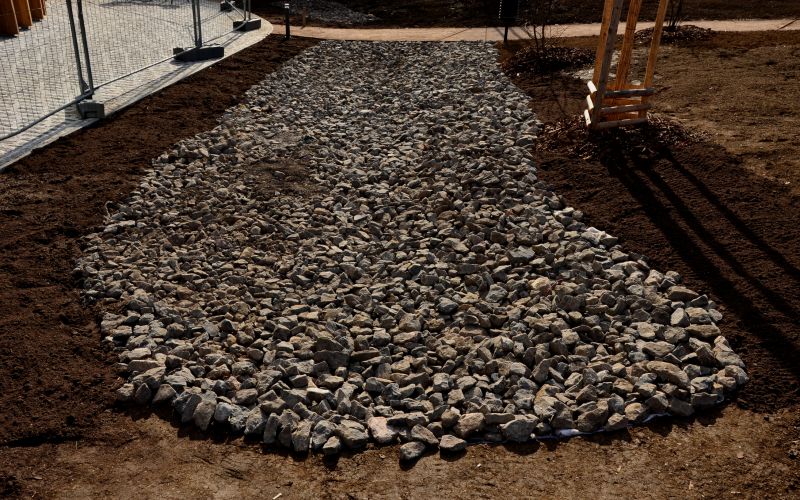Understanding Gradings and Their Timing
Gradings are assessments used to evaluate the skill level and progression in various disciplines. They are typically scheduled at specific intervals to ensure proper development and to motivate continuous improvement.

Ways to make Gradings work in tight or awkward layouts.

Popular materials for Gradings and why they hold up over time.

Simple add-ons that improve Gradings without blowing the budget.

High-end options that actually feel worth it for Gradings.

Finishes and colors that play nicely with Gradings.

Little measurements that prevent headaches on Gradings day.
The best time for gradings depends on the discipline and individual progress. Typically, they are scheduled after a period of consistent training, often every few months or at the end of a training cycle.
Factors such as skill development milestones, instructor recommendations, and personal readiness influence the optimal timing for gradings.
Many choose to schedule gradings during periods with fewer external commitments, such as off-peak seasons, to ensure adequate preparation.
Regular assessments, typically every 3 to 6 months, help in maintaining consistent progress and identifying areas needing improvement.
Scheduling gradings at appropriate intervals supports steady skill development and helps individuals stay motivated. It also allows instructors to tailor training programs based on assessment outcomes, ensuring continuous progress.

A 60-second routine that keeps Gradings looking new.

A frequent mistake in Gradings and how to dodge it.

Small tweaks to make Gradings safer and easier to use.

Lower-waste or water-saving choices for Gradings.

The short, realistic tool list for quality Gradings.

Rough timing from prep to clean-up for Gradings.
| Aspect | Details |
|---|---|
| Training Cycle | Align grading with training periods for optimal assessment |
| Skill Level | Schedule after achieving specific skill milestones |
| Instructor Recommendations | Follow guidance on ideal timing |
| Personal Readiness | Evaluate confidence and mastery before scheduling |
| External Factors | Consider seasonal or personal commitments |
Choosing the right time for gradings enhances the assessment experience and supports ongoing development. Proper planning ensures participants are adequately prepared and motivated to achieve their next level.

Quick checks and paperwork to keep after Gradings.

Examples that show the impact a good Gradings can make.

Ways to make Gradings work in tight or awkward layouts.

Ways to make Gradings work in tight or awkward layouts.
Individuals interested in scheduling gradings should consider their training progress and consult with instructors to determine the most suitable timing. Properly timed assessments contribute to meaningful skill development and recognition.
